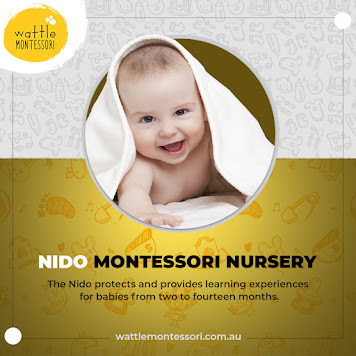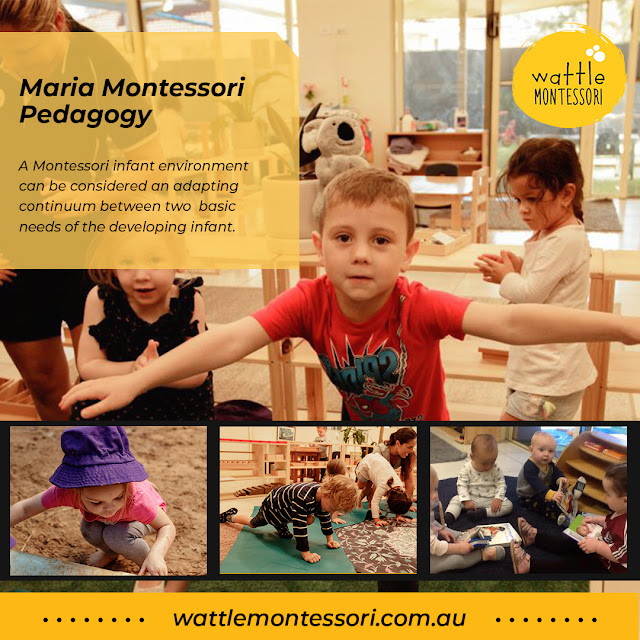Six Key Elements of the Prepared Environment in a Montessori Nido Classroom
Maria Montessori's notion of the "prepared environment" is that the environment may be arranged to allow the child to learn and explore independently to the greatest extent possible. There is a lot of movement and a variety of activities in the planned environment. A Montessori teacher is responsible for preserving the mood and order of the prepared environment and preparing and communicating the environment to the child. A prepared environment in a Montessori Nido Classroom allows each child to reach their most significant potential through developmentally appropriate sensory stimuli. The materials range from simple to sophisticated, concrete to abstract, and are suitable for children of all ages and abilities.
As a result, one of the critical components of the Montessori philosophy is the prepared environment of Nido Montessori Nursery. According to Dr Montessori, the learning environment and everything the kid comes into touch with should encourage autonomous learning and discovery.
The following are the six main characteristics of a Montessori environment:
Freedom
Freedom of choice is one of the primary aims of a Montessori prepared setting in a Montessori Infant Community. This is accomplished by allowing the kid the opportunity to explore, move about freely, interact socially, and be uninhibited by others. We believe in letting our children make their own decisions about their everyday activities. Meanwhile, as mentors, we shall keep a close eye on them and correct them as required. It enhances cognitive ability (the ability to know, think, learn, and judge).
Structure and Order
The goal of this concept is for the kid to internalise the structure and order of his environment and therefore begin to make sense of the world around him.
Beauty
It's also crucial to create a welcoming learning atmosphere in an Infant Community Montessori. As a result, the environment should be made attractively and straightforwardly that inspires serenity, calm, and harmony. In addition, the learning environment should be uncluttered and well-kept.
Nature and Reality
Dr Montessori felt that children should be inspired by nature. Montessori instructors take the children out into heart on a regular basis and use natural learning resources in the prepared setting to do this. Rather than synthetics or plastics, these materials include actual wood, metal, bamboo, cotton, and glass. The materials should also be genuine and child-size so that the kid may engage with them independently without becoming frustrated or relying on an adult for movement assistance.
Social Environment
By fostering freedom of contact, the prepared setting should aid social growth. Montessori classrooms encourage the development of empathy and compassion for others, making youngsters more socially aware.
Intellectual Environment
Montessori educators will be able to reach children through the intellectual environment, which develops the child's entire personality as well as her intellect once all of the above principles are met.
The prepared environment's teachings and learning materials are specifically created and placed on low, conveniently accessible shelves. Montessori classrooms include child-sized furniture, fixtures, tools, and utensils in addition to child-height shelves. The Montessori classroom minimises the child's need for adult help while maximising self-regulated activity by making the environment child-sized and accessible. Order, simplicity, and beauty define the planned environment, which meets the child's requirements.
Wattle Montessori's Montessori Nido Classroom is organised into five sections: mobility, eating, sleeping, physical care, and the outdoors. The baby environment focuses on instilling fundamental trust in the kid. The adult, who responds to the child's physical and psychological needs with care and respect, sends a message of unconditional love and acceptance to the infant. Visit the Wattle Montessori website to explore their wide range of services.



Comments
Post a Comment